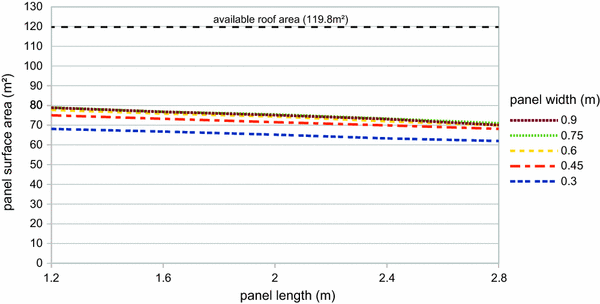Paneling Curved Surface With A Constant Flat Module
Only paneling of flat and single curved surfaces can be obtained by a single panel type. For geometries with double curvature, like spheres, torus, or free form shapes, must be provided a tiling with a series of different panels. The line network can be directly drawn single-walled solution therefore does not allow us to achieve in Rhino, generated using a Rhino3D plugin called Rhino straight intersection lines between all adjacent panels around Paneling Tools (Issa 2012), or modeled with third party a node with flat-bed cutting.
Typically reserved for high-end homes and companies, a stone-covered, curved wall structure can be a dramatic architectural element that demands a higher level of artisanship. Creating the wall will be a period- and labor-intensive process because each brick or rock must be individually matched up and adjusted. The same look can end up being attained with the use of stone veneer sections, which are usually interlocked to make a smooth look. Because the panels readily flex, they can become installed to support areas with moderate curvature. These revolutionary panels are usually manufactured in a broad variety of designs, shades and textures. Crc crucial 4gb 1866mhz ddr3l cl13 sodimm 1.35v for mac. While setting up stone veneer sections is fairly simple on a right wall, producing a curved walls requires a unique method to guarantee that it can be done properly.
LG PC suite (also known as PC Sync) allows the user to connect the phone to a computer with a cable and synchronize data like calendar and contact information between the phone and a computer application such as Outlook. Download lg pc suite 5.3.25.20150529 for mac.
Rock veneer panels are best used on wall space that possess a 10-foot or greater radius. If the radius will be sharper, the sections may crack or break. If you require to install faux rock panels on an 8-foot or tighter radius, the panels must end up being reduce into vertical pieces with mitered sides to create the necessary appearance. Before putting a full order, you should figure out whether the sections would work for your project. Order a little trial, and test to bend the veneer to match up the curve. Required Equipment To complete the project, you will need various equipment, including:.
See full specifications psipsz for mac. ➜ How do you donate to my channel? ➜ What equipment should I use? ➜ How can I partner with Premiere Gal?
Paneling Curved Surface With A Constant Flat Modules
1000+ curved surface 3D models found. Free file download source available in 3dm stl. See 3D previews before download.

Testing tape. Pencil. Level. Round noticed, jigsaw, desk saw or miter saw. Nails or screws (exterior-grade fasteners are required for outdoor tasks). Adhesive. Portable hair clothes dryer or high temperature gun.
Basic safety glasses. Installation Process Make use of the tape measure to determine the quantity of materials that you will require. The cassette measure, pencil and level allow you to attract level program lines on the walls so that you can properly straighten up the sections.
Start the procedure by curving and dried out fitted the sections. Do not really apply any adhesive ór mortar át this stage. Use a few fingernails or anchoring screws to tack the initial cell in location. The section will become connected on one aspect and expand apart from the walls at the some other end.
Set the hairdryer or heat gun on its minimum setting. Start at the edge connected to the walls and move toward the free of charge end. Making use of a vertical motion, constantly proceed the warmth up and down the -panel as you slowly function from one part to the additional. As the screen heats up, carefully press the veneer against the wall.
If the screen does not really bend quickly, apply additional heat. Consider care not to overheat the panel because it will damage the end.
As soon as the panel has become correctly formed, temporarily protected it with nails or screws until it cools lower and conforms to the settings of the walls. Carry on this procedure with the other sections. If the sections do not really hold the brand-new shape, repeat the process, and let them interesting for a longer time period. As soon as all the sections have ended up properly formed, eliminate them from the wall. Apply the adhésive to the wall structure addressing the area of one -panel.
Using the level to make sure that it is usually properly placed, permanently secure the initial board with nails or anchoring screws. Adhere to this procedure, interlocking the remaining sections until they are usually all in place. Apply finishingmortar if needed to cover toenail or mess holes. Clean the sections to eliminate extra adhesive or mórtar for a nice finished appearance.